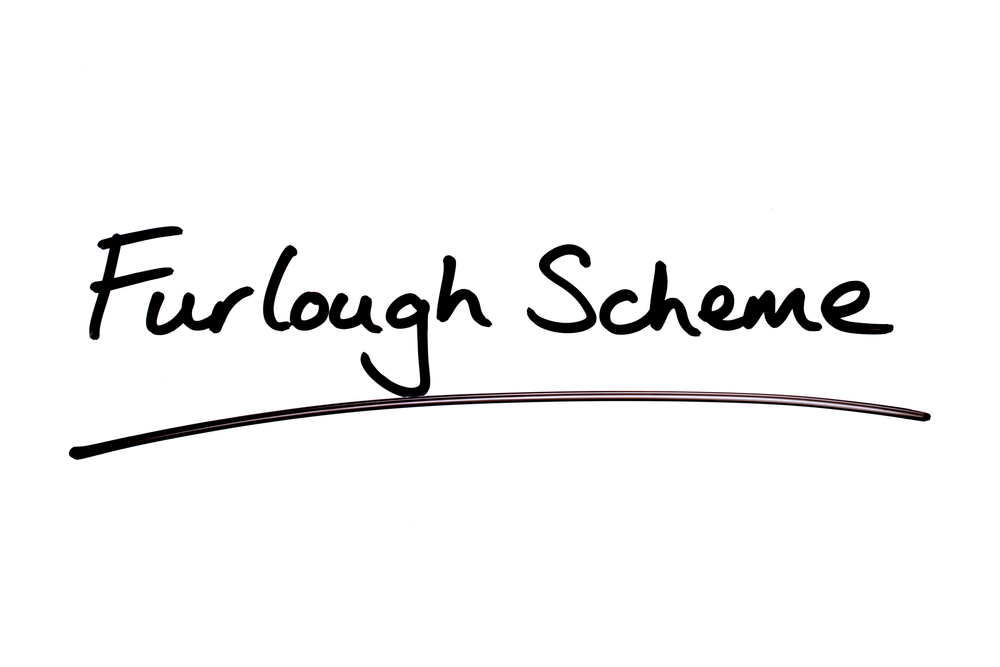*Please note, some parts of the scheme have recently been amended, keep an eye out on our website and social media pages for updates*
The Government furlough (CJRS) payments will cease at the end of October – a big blow for small and large businesses across the country. The chances are that you’ve been assessing the impact of this on your business throughout the pandemic, but are you future-proofed to find the best path through the challenges to come?
Winding down furlough
The Coronavirus Job Retention Scheme helped employers to furlough their workers on 80% pay which was covered by the Government – a lifeline for many businesses whose loss of income meant they had no means to pay their staff. Over 9 million employees benefitted from the scheme from March 2020.
‘Flexible Furlough’ was introduced from July whereby people could work part-time hours and be furloughed for the remainder of their hours. From September, the Government reduced its furlough payments to 70% (capped at £2,187.50 per month) with employers required to pay the pension contributions and National Insurance plus 10% of the salary. The Government contribution drops to 60% in October (capped at £1,875) with the employer contributing the remaining 20%.
In the Chancellor’s Summer Economic Update in July, a number of additional measures were announced in support of businesses and the employment of younger workers, read more about the Job Retention Bonus and the Kickstart Scheme here.
What next?
The government’s next wave of help, the Job Support Scheme, comes into force for six months from 1 November. It will top up the salaries for businesses that can’t take employees back on full-time. If employees work at least a third of their hours, the government and the employer will each pay another third, giving the employee at least 77% of their wages. The government’s contribution is capped at £697.92 per month.
Extra industry-specific help
There is some additional support for certain business sectors available:
- Construction Talent Retention Scheme: redeploys workers at risk of redundancy and welcomes new workers into the construction industry.
- Hospitality sector VAT reduction: restaurants, hotels, cinemas and tourist attractions pay 5% rather than 20% VAT until March 2021.
- Green Jobs Challenge Fund: a £40m fund for charities and non-profit organisations to protect 5,000 jobs.
- Automotive Transformation Fund: a £10m fund to support manufacturers in the automotive sector.
- Short-term Homebuilding Fund extension: a £450m fund for SMEs in house building construction to use ‘modern construction methods’.
Planning for a furlough-free future
Business owners face major concerns about whether there will be enough work to support the full workforce as it returns from furlough. Some employees might not want to return to work due to childcare or health issues and many employers have had to begin the consultation process for making positions redundant earlier in the summer.
Survival through these turbulent times will depend on having a clear view of the different paths ahead and preparing for all eventualities, as well as taking advantage of every extra ounce of assistance that’s available.
At CRM, as part of our 8 Steps Business Improvement Programme, we advise our clients on the importance of worst-case scenario planning. If you’d like to speak the team with years of business planning and accountancy experience, contact CRM on 01865 379272.

